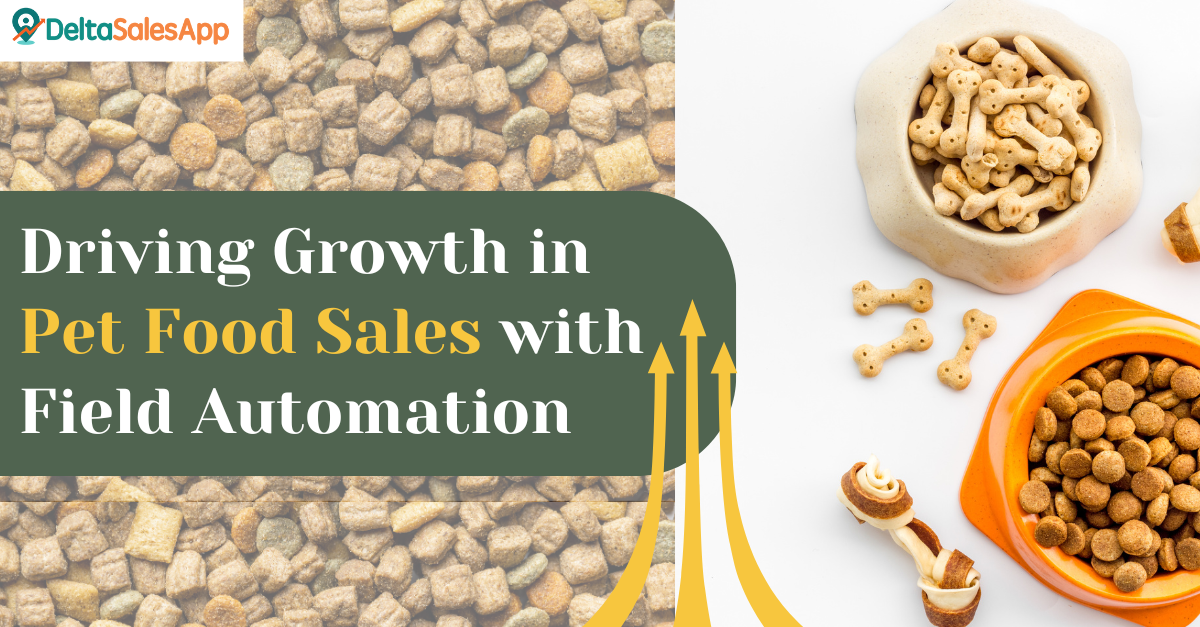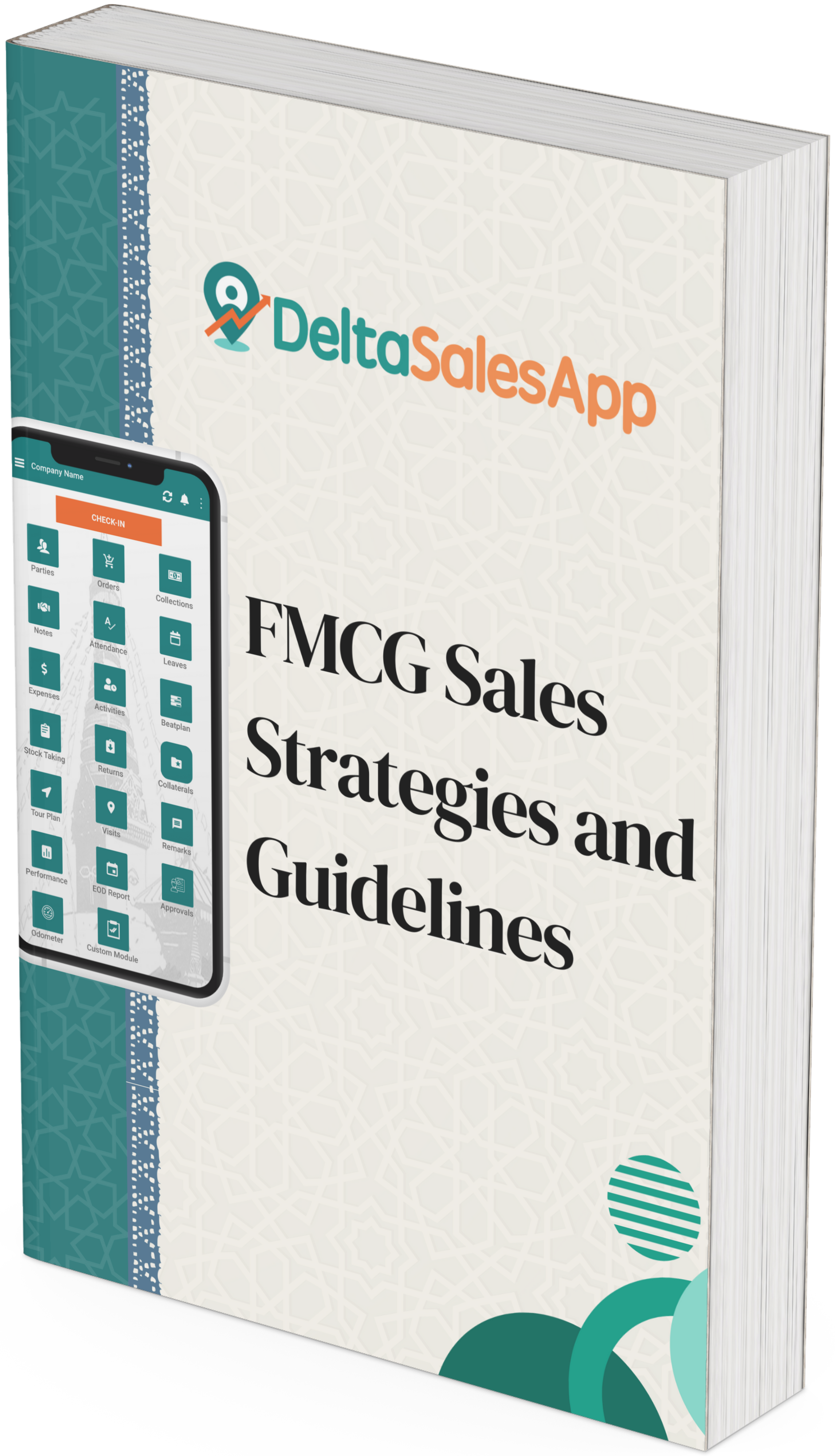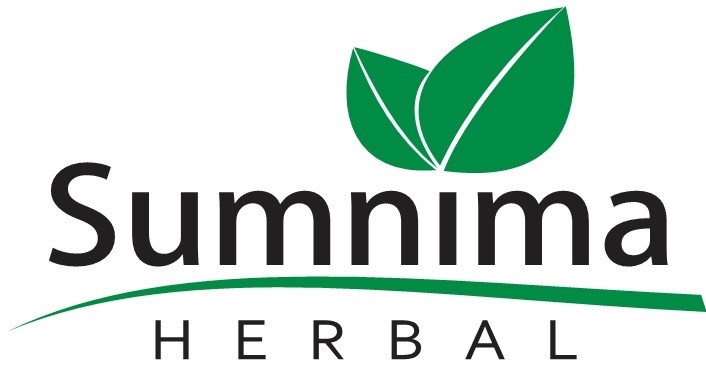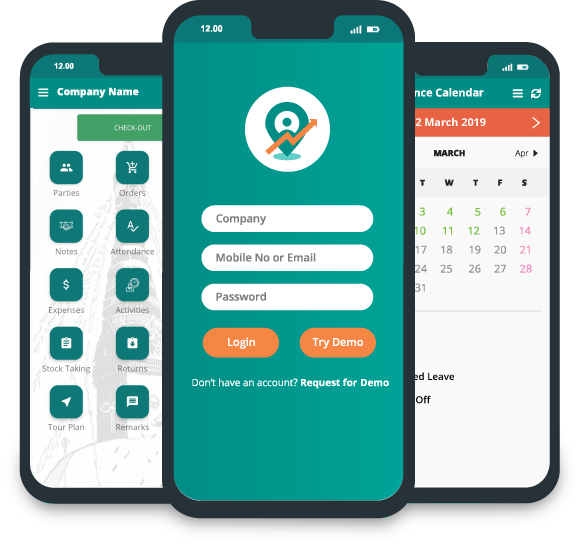Driving Growth In Pet Food Sales With Field Automation

The pet food industry is booming, driven by the increasing number of pet owners who prioritize their pets' health and nutrition. As competition grows, businesses need efficient sales processes to stay ahead. Field automation has emerged as a game-changer, enabling pet food manufacturers, distributors, and retailers to optimize operations, enhance customer engagement, and drive revenue growth.
In this blog, we explore how field automation transforms the pet food sales landscape, industry trends, challenges, and future opportunities.
The Growing Demand for Pet Food: Market Insights
Global Market Trends in the Pet Food Industry
The global pet food market is expanding rapidly, with projections indicating a CAGR of 5-6% over the next few years. The industry is witnessing significant transformations due to increasing consumer awareness, evolving pet ownership trends, and advancements in nutrition science. Some key trends include:
Premiumization of Pet Food: Consumers are willing to spend more on high-quality, organic, and grain-free options.
Rise of Functional Foods: Pet food enriched with probiotics, vitamins, and immune-boosting ingredients is gaining popularity.
Growth of Online Pet Food Sales: E-commerce and subscription-based models are changing traditional distribution patterns.
Sustainability & Ethical Sourcing: Consumers are demanding eco-friendly packaging and ethically sourced ingredients.
Key Factors Driving Growth in Pet Food Sales
Increase in Pet Ownership: The growing number of pet adoptions worldwide is fueling demand for pet food.
Humanization of Pets: Many pet owners treat their pets like family members, influencing their purchasing decisions.
Rising Disposable Income: Higher spending power allows consumers to invest in premium pet food products.
Health Consciousness for Pets: Owners are more concerned about pet nutrition, leading to demand for specialized diets.
The Role of Technology in Modernizing Pet Food Sales
Evolution of Sales Strategies in the Pet Food Industry
Traditional pet food sales relied heavily on in-store purchases and distributor relationships. However, digital transformation has shifted the focus toward data-driven sales strategies. Businesses are adopting new technologies to streamline operations and enhance customer experience. Key developments include:
Personalized Marketing: AI and customer data analytics enable targeted promotions and customized product recommendations.
Multi-Channel Selling: Brands are integrating offline and online sales channels for seamless shopping experiences.
Direct-to-Consumer (DTC) Models: More companies are bypassing retailers and selling directly to pet owners through subscription-based services.
Digital Transformation in Pet Food Distribution
Field automation is playing a crucial role in the digitalization of pet food sales by enabling businesses to:
Automate Sales Processes: Reducing manual work and streamlining order management.
Enhance Real-Time Inventory Visibility: Preventing stock shortages and improving supply chain efficiency.
Improve Customer Engagement: Using CRM tools to maintain strong relationships with retailers and end consumers.
Overcoming Sales and Distribution Barriers in the Pet Food Industry
Despite the growth, businesses face multiple challenges in efficiently managing sales and distribution:
Inventory Management Issues: Managing stock levels efficiently to prevent overstocking or stockouts.
Complex Distribution Networks: Balancing sales across brick-and-mortar stores, veterinary clinics, and online platforms.
Customer Preferences & Market Trends: Keeping up with shifting consumer demands for natural and organic pet food.
Field Sales Team Productivity: Ensuring that sales reps cover territories effectively and maximize conversions.
How Field Automation Drives Pet Food Sales Growth
Field automation solutions help streamline operations and improve efficiency in the pet food industry. These tools include mobile sales apps, CRM integrations, GPS tracking, and AI-powered analytics. Below are key ways in which automation enhances sales:
1. Optimized Field Sales Operations
Field sales reps often struggle with manual data entry, order processing, and customer management. Field automation tools:
Enable real-time order management and invoicing.
Provide sales reps with customer purchase history and preferences.
Reduce administrative tasks, allowing reps to focus on selling.
2. Inventory and Supply Chain Optimization
Field automation ensures better inventory management by:
Offering real-time stock visibility to avoid shortages or overstocking.
Automating replenishment processes based on sales data.
Reducing wastage, especially for perishable pet food products.
3. Enhanced Customer Engagement and Personalization
Automated sales tools help reps offer tailored recommendations based on:
Customer buying history and preferences.
Seasonal trends and promotional campaigns.
AI-powered insights that predict future purchasing behaviors.
4. Real-Time Data and Performance Tracking
Managers can monitor field sales team performance through:
GPS tracking of sales reps to ensure optimal route planning.
Real-time performance dashboards with sales metrics and customer feedback.
Automated reporting that helps businesses identify growth opportunities.
5. Seamless Multi-Channel Sales Integration
With pet food sales spanning multiple channels, automation enables:
Synchronization between online, offline, and direct-to-consumer channels.
Automated order processing across different sales platforms.
Better coordination between retailers, distributors, and manufacturers.
Industry Trends Shaping the Future of Pet Food Sales
Several key trends are expected to shape the industry in the coming years:
AI & Predictive Analytics: Businesses will leverage AI to predict consumer behavior and optimize inventory.
Direct-to-Consumer Models: More brands are exploring subscription-based and e-commerce sales.
Eco-Friendly Packaging & Sustainable Sourcing: Consumer demand for sustainability will drive packaging and ingredient innovations.
Smart Devices & IoT Integration: Automated pet feeders and smart nutrition tracking will impact product sales.
Future Scope of Field Automation in Pet Food Sales
The future of pet food sales will be heavily influenced by digital transformation and AI-driven automation. Some key areas of future growth include:
AI-Enhanced Field Operations: Automate tasks like route optimization for delivery teams.
Real-Time Inventory Tracking: Enable mobile teams to monitor stock levels on the go.
Automated Scheduling: Streamline on-site service appointments for better efficiency.
Improved Customer Experience: Ensure faster response times and seamless service delivery.
Conclusion
Field automation is revolutionizing pet food sales, making operations more efficient, enhancing customer engagement, and improving supply chain management. With rising consumer demand for high-quality pet food and increasing competition, adopting automation is no longer a choice but a necessity. Businesses that embrace these digital advancements will be better positioned to drive growth, maximize profits, and build lasting customer relationships in the evolving pet food market.
Frequently Asked Questions (FAQs)
1. How does field automation benefit pet food distributors?
Field automation streamlines order management, improves inventory tracking, enhances sales efficiency, and provides real-time data insights.
2. Can automation help in predicting pet food demand?
Yes, AI-powered predictive analytics can analyze sales trends and customer behavior to forecast demand accurately.
3. What are the key features of a field sales automation tool?
Essential features include GPS tracking, real-time inventory updates, automated order processing, customer data management, and performance analytics.
4. How does automation improve customer engagement in pet food sales?
It enables personalized recommendations, automated follow-ups, and targeted promotions based on customer preferences.
5. Is field automation suitable for small-scale pet food businesses?
Yes, automation solutions can be scaled to fit businesses of all sizes, providing efficiency and cost savings.









